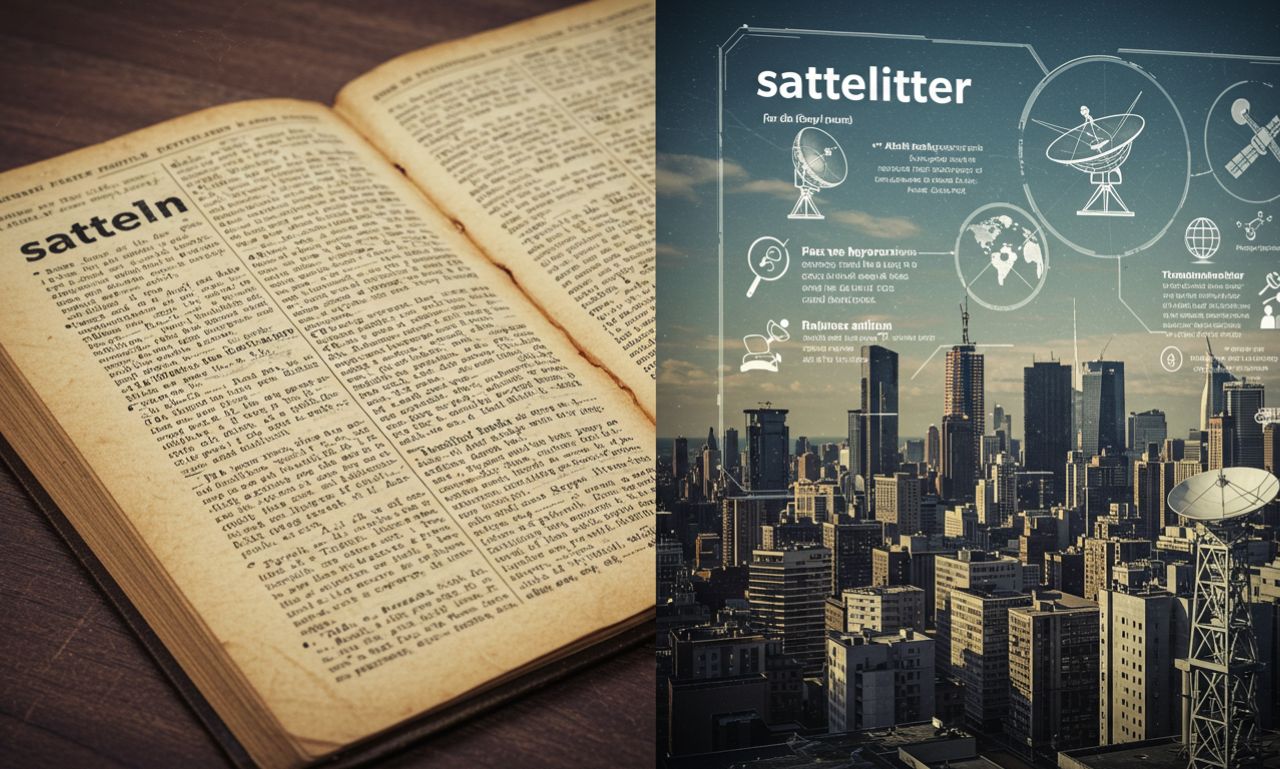The term sattelitter might sound unfamiliar to many, but it’s closely related to the word “satellites.” While “” could be a typographical variant, misspelling, or a term from another language (such as Norwegian or Swedish, where “” means satellites), its relevance in science and technology is significant. Whether you’re talking about satellites orbiting Earth or using the term in regional languages, plays a crucial role in modern communication, navigation, and global connectivity.
This article delves into what satte-litter are, how they work, and their applications in today’s high-tech world.
What Does “Sattelitter” Mean?
In the context of Scandinavian languages such as Norwegian and Swedish, sattelitter is the plural form of satellit, which translates directly to “satellites” in English. These are artificial objects intentionally placed into orbit around celestial bodies for various purposes.
Common types of include:
-
Communication satte-litter
-
Weather satte-litter
-
Navigation
-
Scientific research
-
Military sattelitter
Understanding the functions of these sattelitter helps us appreciate how they impact daily life.
The Science Behind Sattelitter
Sattelitter operate by being launched into space via rockets. Once in orbit, they stay in motion due to the balance between their speed and the gravitational pull of the Earth. They can be placed in:
-
Low Earth Orbit (LEO): Used for imaging and Earth observation.
-
Medium Earth Orbit (MEO): Often used for navigation like GPS.
-
Geostationary Orbit (GEO): Ideal for communication satellites, as they remain fixed over one position.
Key Components of a Sattelit:
-
Power System: Usually solar-powered.
-
Communication System: Transmits signals to Earth.
-
Control System: Allows the satellite to orient and maintain its position.
-
Payload: Depends on the satellite’s mission (e.g., camera, sensors, transponders).
Common Applications of Sattelitter
1. Telecommunication
One of the most well-known uses of satte-litter is enabling global communication. Satellites help transmit data for:
-
Internet
-
Television broadcasting
-
International phone calls
2. Navigation & GPS
Navigation , such as those in the GPS (Global Positioning System), help users find locations with incredible accuracy. These are used in:
-
Smartphones
-
Cars
-
Aviation
-
Maritime operations
3. Earth Observation
Earth-observing satte-litter monitor weather patterns, track environmental changes, and assist during natural disasters. For instance:
-
Forecasting hurricanes
-
Monitoring deforestation
-
Detecting wildfires
4. Military & Defense
Military sattelitter are used for reconnaissance, secure communications, and missile tracking. These are critical for national security and defense strategies.
5. Scientific Exploration
Some satte-litter are designed to study space phenomena. Examples include:
-
Hubble Space Telescope
-
Satellites used for cosmic radiation and exoplanet discovery
Sattelitter in Popular Culture
Sattelitter have become iconic in movies, books, and television. From sci-fi blockbusters like Interstellar and Gravity to documentaries about Earth, these orbiting devices represent the intersection of science and imagination.
The Future of Sattelitter
The future of sattelitter is promising and rapidly evolving. With private companies like SpaceX, OneWeb, and Amazon’s Project Kuiper investing in mega-constellations, the number of in orbit is increasing exponentially.
Emerging Trends:
-
Smallsats & Cubesats: Compact and cost-effective satellites used for educational, commercial, and research purposes.
-
Satellite Internet: Expanding high-speed internet to remote areas.
-
Space Traffic Management: With thousands of satte-litter in orbit, managing space debris and collisions is becoming critical.
Environmental Concerns Related to Sattelitter
With more sattelitter being launched, space debris has become a major concern. Defunct satellites, broken parts, and remnants from launches create potential hazards for operational and spacecraft.
Solutions in Progress:
-
Active debris removal missions
-
Sustainable satellite design
-
Global regulations on satellite deorbiting
How to Track or View Sattelitter
There are online platforms and mobile apps that allow users to track the path of satte-litter in real time:
Amateur astronomers and space enthusiasts often enjoy spotting like the International Space Station (ISS) during clear nights.
Final Thoughts: Why Sattelitter Matter
Whether you spell it “sattelitter” or “satellites,” these orbital marvels are the backbone of global communication, navigation, and exploration. They connect us, protect us, and offer a lens to view both Earth and the universe. As technology advances, will continue to be pivotal in shaping the future of science, society, and connectivity.
